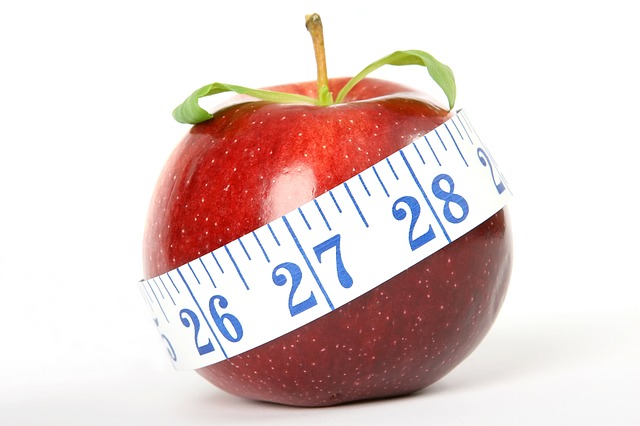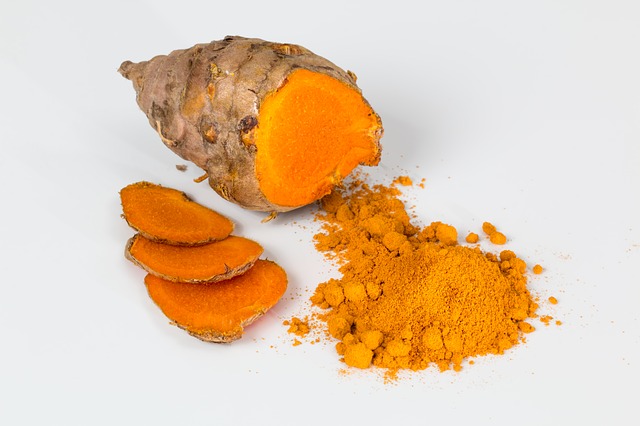The root and tuber crop “Yam” is the third tuber crop in the tropics but few species are grown as health or medicinal food. Observations were carried out by some scientist to ascertain the potential health benefits and alternate usage of the species, 20 varieties of Dioscorea alata (water yam) were observed and experimented on for their total dietary fiber (TDF), dry matter and amylose contents as well as selected minerals in comparison with Dioscorea rotundata, the preferred species in yam-growing areas. The TDF content varied widely ranging from 4.10 to 11.00%. The dry matter composition ranged from 19.10 to 33.80% and amylose was from 27.90 to 32.30%. In mg kg(-1), mineral contents of the varieties were from 10.10-17.60 for Zn, 10,550-20,100 for K, 83-131 for Na, 260-535 for Ca, and 390-595 for Mg.
The results show significant differences among the test varieties in all the parameters determined. Generally, the test varieties had lower dry matter but higher amylose contents. TDF contents of the varieties were higher than that reported for brown rice while two varieties had comparable values to whole wheat flour. Identified varieties with higher amylose and TDF contents could be of use to diabetics and other health conscious individuals due to their slower absorption rates. Moreover, the low sodium but high potassium and TDF contents indicate the possible preventive role that Dioscorea alata could play in managing related chronic diseases. This shows the potential use of Dioscorea alata as a functional food to supplement the fiber and mineral needs of consumers, if it is exploited for food fortifications and formulations.
Dioscorea Alata (Water Yam)

Water yam is the tuber of Dioscorea alata and it is also called wild yam. It is different from most other yams because it is mucilaginous and so, it is not as popular for cooking. It is used by Yoruba people to make delicacies like ikokore (water yam porridge) and ojojo (fried grated water yam balls) and igbo’s for making Mbogiri. Water yam is called ewura in Yoruba. Water yam contains nutrients which have benefits to the body. It contains a lot of minerals like calcium, potassium, iron, phosphorus and copper. It contains vitamins C and E which have antioxidant properties, vitamin A and some B vitamins.
Water yams contain carbohydrates and fiber. Dietary fiber is important in the diet for the healing and health-promoting properties it provides. Water yams are good plant sources of the female hormone, progesterone. Water yams are digested and absorbed slowly by the body and so do not cause blood sugar spikes. This makes them useful for adding to the diet of diabetics.
Benefits of consuming water yams are;
- Blood sugar regulation which implies they are of benefit to those dealing with diabetes.
- Lowering effect on blood cholesterol levels.
- Decrease in blood pressure levels.
- Help to balance female hormones and are good for hormonal imbalance disorders and regulation of menses.
- They improve digestive health and help with constipation and irritable bowel syndrome.
- The antioxidants in water yams help to reduce damage by free radicals in the body and slow down the effects of aging. They also have anti-inflammatory properties which help to reduce the risk of chronic diseases.
- Including water yams in the diet can help to boost fiber and beneficial nutrients because they are eaten without processing methods which can remove most of these important nutrients. They are also useful to those who are looking for healthy food items to add to their diet.
Lists of Dishes that can be Prepared with Dioscorea Alata (Water yam)
A lot of Nigerians do not know about water yams or what they can be used to prepare. They have very little knowledge of the preparation while some see it as stressful dishes. There are so many healthy food ingredients that we have removed from our diets over the years because we want foods that are convenient to cook or we just prefer a diet of over-processed foods.
- Ikokore ( known as Mbogiri by Igbo’s )
- Ojojo
- Water yam Pottage
- Water yam Balls
- Ekpang Nkukwo
- Water yam Dumpings
How to Prepare Ikokore ( Mbogiri )
There are different methods to prepare this particular dishes and one of that method is ;
Step1: Get the required ingredients as listed below
Ingredients:
Half Tuber Water yam
2 Cooking spoons Palm Oil
3 Cups Chicken or Beef Stock/ Water
1 Shombo/Tatashe or 3 Tablespoons dry ground pepper (Atagungun)
1-2 Scotch Bonnet (Aa tRodo and it is optional)
1-2 Smoked Fish (Eja Kika) or Shawa (Bonga fish)Shredded (Optional)
1-2 Pieces Dried Fish (Panla) Shredded (Optional)
2 Cups Shredded cooked Meats (optional)
3 Tablespoons Crayfish
1/2 Cup Smoked Prawns (Optional)
1 Teaspoon Ogiri Ijebu (Fermented Locust Beans)
2 Knorr Chicken Cubes of your preferred bouillon cubes
Salt to taste
- Ikokore is best enjoyed on its own or served with Cold Pap or Cold Eba. Let’s cook…
Preparation

- Slice your water yam into small pieces.
- Peel each piece then grate using the smallest part of your grater
- After grating the Water Yam, add Seasonings like Salt, 1 tablespoon Crayfish and mix together, if you can endure hotness, you can add some Pepper as well. Then set aside
- Blend the Shombo/Tatashe and Scotch Bonnet till smooth and set aside. If you’re using just Scotch Bonnet, just blend it on it’s own.
- Get a medium size pot and place on a hob on medium heat.
- When it is hot, add the palm oil then the Locust Beans, after some minutes, then add the blended Pepper, then the Knorr Cubes and Salt to taste. If you’re using Stock, do not add salt as your stock is already seasoned.
- Leave to fry till oil floats to the top. This should take 10 minutes, stir every now and then to prevent burning.
- Now, add the Chicken /Beef Stock if you’re using any, if you haven’t got Stock, just add water, continue to cook for 2 minutes.
- Add the Shredded Cooked Meats, Fish and Smoked Prawns, and any other proteins you are using, then add the Ogiri, leave to cook for 10 minutes.
- After 10 minutes, remove all the meat and fish from the stew, leaving just the stew in the pot.
- Turn the heat down to low, now scoop the grated yam into the stew, do this in both big and small lumps. The small lumps will dissolve in the stew, forming a mushy type consistency while the bigger lumps will create the lumpy Ikokore consistency. Do not stir, leave the contents to boil for 8-10 minutes on low heat.
- Then you can stir a bit using a wooden spoon. Stir and break up clumps if you find it too clumpy or leave as it is if you do not mind. Now, taste for salt and seasoning,and adjust if necessary.
- Transfer the cooked meats and fish back into the pot, add the rest of the crayfish and combine gently, be careful when doing this so you don’t break the clumps.
- Leave to simmer for 3 – 5 minutes and it’s ready to be served.
Note:
If you’re using just Dry Ground Pepper or Scotch Bonnet (Ata Rodo), add the Ground pepper or Blended Scotch Bonnet into the palm oil and continue with the other steps, skip the pepper frying process.






